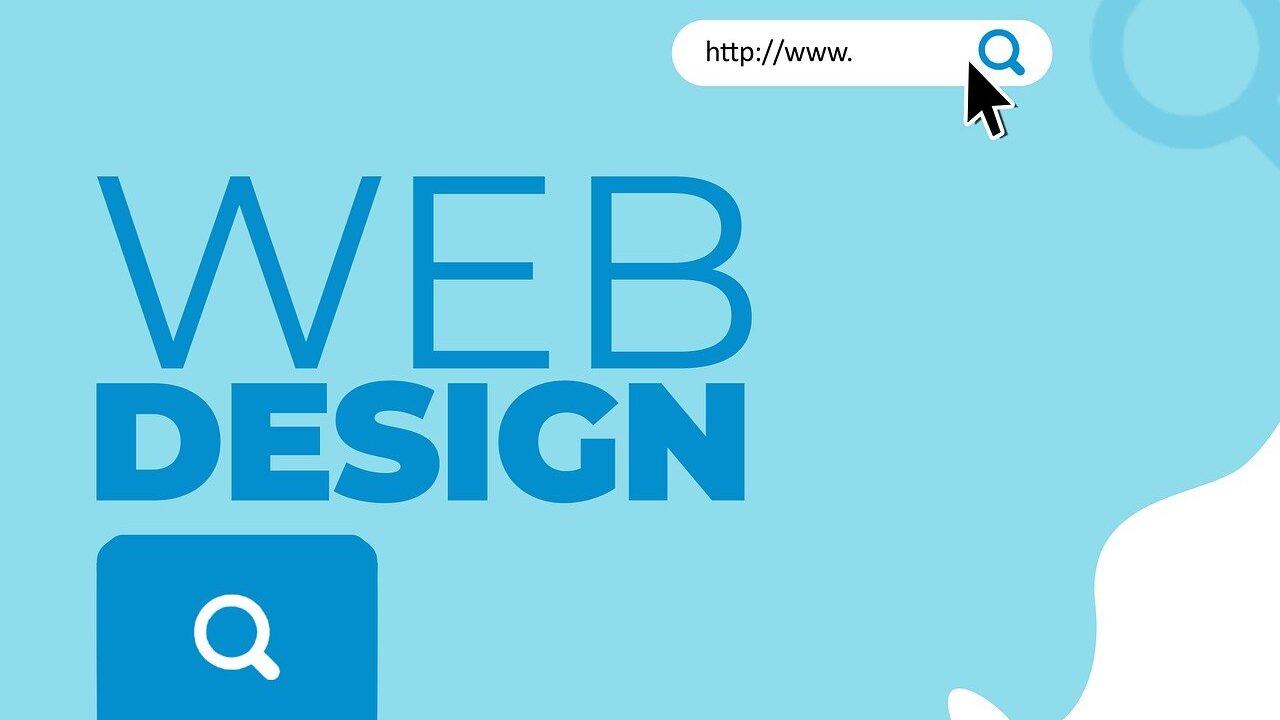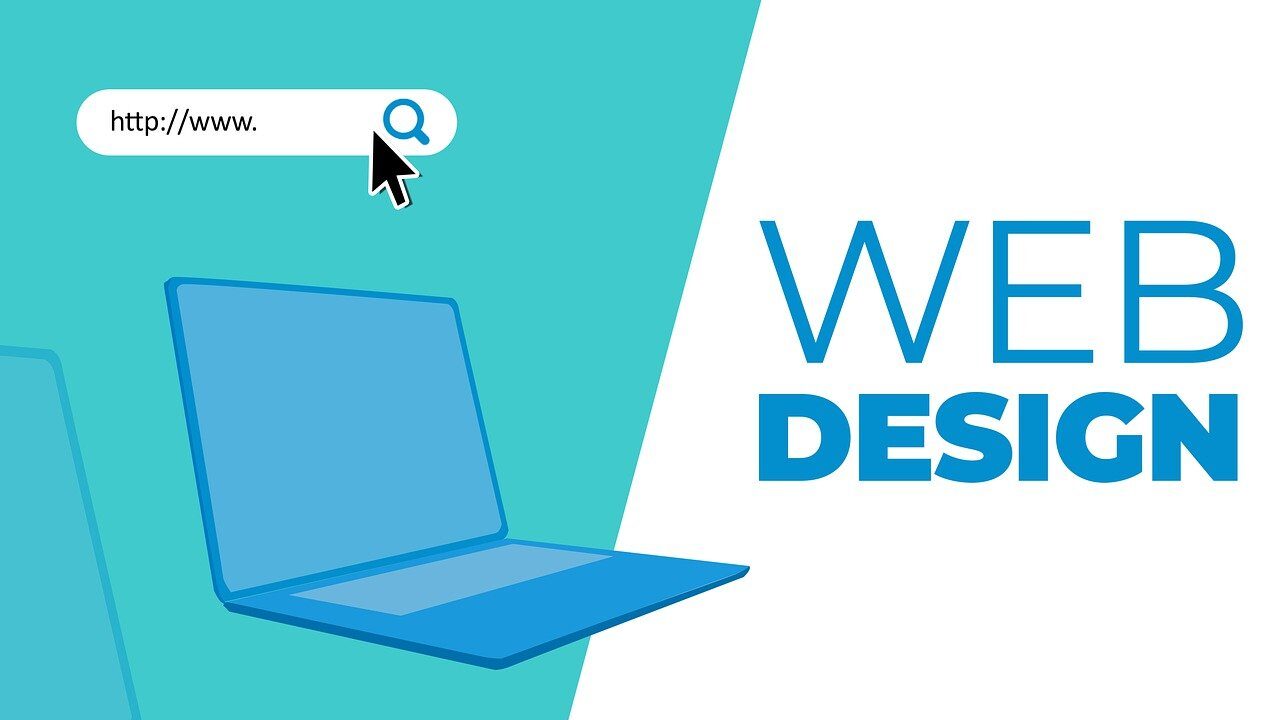Above The Line (ATL) and Below The Line (BTL) digital channels are the biggest advertising. Also, marketing and creative agencies have been using for many years
The difference at a glance:
Above the line (ATL) advertising:- This includes forms of mass media marketing and communications. Also, the message across the media tends to be the same. But, the goal, for the most part, is brand awareness.
Below The Line (BTL) marketing:- This involves direct, targeted campaigns to prospects. Moreover, this includes PR campaigns, social media marketing, telemarketing, content, events.
But, It also includes social media marketing, paid search, and search engine. The aim moves beyond brand awareness towards driving specific actions. The separation between the two forms began when large corporations distinguished campaigns.
What are BTL and ATL marketing?
“ATL” stands for “Above The Line”, which means that the advertising goes around a wider audience. But, this includes e.g. tv, radio, or billboards. “BTL”, or “Below The Line”, suggests that the advertising focuses on potential shoppers.
Is online marketing ATL or BTL?
Online marketing for each business relies on its target audiences. Most businesses take differing kinds of marketing campaigns. like ATL, BTL, and Digital marketing.
Also, you need to follow an integrated approach. Thus, advertise your product through these varieties of advertising campaigns.
How does one do BTL marketing?
BTL activities embody direct mail campaigns, trade shows, catalogs, complete promotion activities. It also includes telemarketing, free sampling, exhibitions, and targeted search engine marketing.
Still, BTL activities measure a lot of interaction and provide to brands and shoppers. In summary, this is to attach on a private level.
In other words, an FAQ question within the world of marketing. what’s the difference between ‘Above the line’, ‘Below the Line’, and ‘Through the Line’ Marketing?
Above-the-line (ATL) marketing
Above the Line or ATL marketing, refers to untargeted, huge campaigns. This is to boost brand awareness and reach a lot of people.
Below-the-line (BTL) marketing
Below-the-line, or BTL, marketing refers to the abundant, smaller, and more targeted world of ads. But, geared toward people and with straightforward ways to trace returns on investment.
Thus, it also includes a definitive audience. In summary, this term uses each of those approaches. This is to realize widespread brand awareness and maximize targeted returns.
We will currently explore in extra detail these sorts of marketing. and also the methods they usually use.
What is ‘the Line’ and wherever did it return from?
These definitions of approaches to marketing were first utilized in 1954. But, once Proctor and Gamble began paying different companies and at a unique rate.
Also, this is for direct promotional activities and wider advertising campaigns. Also, this happens while separating the two approaches.
For instance, Line in marketing, a “line” is one that separates direct, targeted campaigns. Also, from those a lot of general and widespread geared toward brand awareness.
But, people with the presence or absence of direct results. Thus, they come back on investments.
There is cause to surprise if ‘the Line’ is currently blurring. For example, the large use of social media nowadays. Also, the wide exposure given means advertising here ought to be ATL. Although, it can even be targeted (BTL), is all social media TTL? One key’s to contemplate intent.
If you’re providing a promotion. It could be something that incorporates a direct response component. But, this cannot be ATL. Whereas to TTL, the promotion ought to show but on a page that’s not as targeted. So, we are going to discuss the various approaches in more detail below.
Above-the-road marketing
Newspapers, TV & Radio
ATL is the approach most accustomed build brand awareness and establishing goodwill. Also, they are widespread campaigns. But, untargeted and undertaken at a general level.
For example, the ATL marketing approach may be a national, or a world TV ad blitz. Also, wherever a similar advert is shown. This can be across the country to individuals of all demographics. Above all, rather than targeting the ad at individuals known already as customers.
Thus, the aim of the ad is to broaden a brand’s horizons, reaching a lot of individuals. It involves establishing themselves a lot of and with a transparent image. Such different examples embrace medium and radio broadcasts. It reaches a mess of various individuals over an oversized space.
ATL may be a great way to market your brand. But, it’s tough to live the precise impact and come back on investment. So, this is often why it’s so untargeted. The aim isn’t to find a definite conversion rate. But, to create customers attentive to your whole product, increase your visibility.
Below-the-line marketing
Below are the line marketing pictures
BTL is the opposite of ATL. Below the road, marketing is aimed at targeted people. They are people known as potential customers.
Also, widespread BTL methods embrace outside advertising. They include billboards and flyers, and marketing.
Thus, it can be like utilizing email and social media, and support events. The latter is especially growing in quality as giving unforgettable expertise.
But, this is to your potential customers makes your brand a lot of unforgettable. So, this folk a lot of disposed to it.
Unlike ATL, BTL focuses on targeting specific ads to bound individuals. It makes certain the content and site line up as potential.
Also, this is with the intent of those potential customers. BTL differs in this and it is way more centered on coming back on investment (ROI). But, gaining user conversions and quantifying success.
BTL to makes sure direct shoppers for the merchandise or brand. This is by focusing on the user and their desires. Thus, this kind of marketing is sometimes quantitative. This is with the advantage of traceable results.
Through-the-line marketing
Finally, we tend to return to through-the-line marketing or TTL. This approach combines what we’ve got seen on top, of ATL and BTL marketing. The aim is to raise brand awareness and target specific potential customers. Thereby, converting these into measurable and quantitative sales.
One example of this is often 360-degree marketing, wherever you do not have a national TV campaign. But, supplement this with targeted flyers and newspaper ads. Another is to use Digital marketing. For example, combining online banner ads with social media posts and blogs,
The clear benefit of a TTL approach is that you are offensive on 2 fronts. But, at the same time, up general awareness and reach to increase traffic and sales. TTL is more expensive to use than either ATL or BTL alone. For this reason, it’s utilized by larger and more knowledgeable corporations. These are corporations with the money to back such an oversized approach.
Conclusion
So, what’s the distinction between ATL, BTL, and TTL? On top of the road, marketing is untargeted, and geared toward a variety of individuals. So, this is usually to improve brand awareness and image. Thus, finding it harder to quantify results and ROI.
Below, road marketing is lot-specific to potential customers. Also, targeting individuals with content that may speak to them.
Through the road, marketing involves combining each approach to each target specific people. This impact a bigger variety of individuals on a broader scale. Whereas, giving measurable information on its impact, although expensive. Thus, secure corporations take the most advantage of it.
In conclusion, these sorts of marketing have their own advantages and disadvantages. They are higher suited to different corporations and their wants at different times. To make certain if it’s best for you. Thus, take the time to rely on what the wants of your brand is.
But, if you need any more help with this. We at Socialander Digital Agency are happy to assist and guide you to the kind of marketing that’s right for you!





